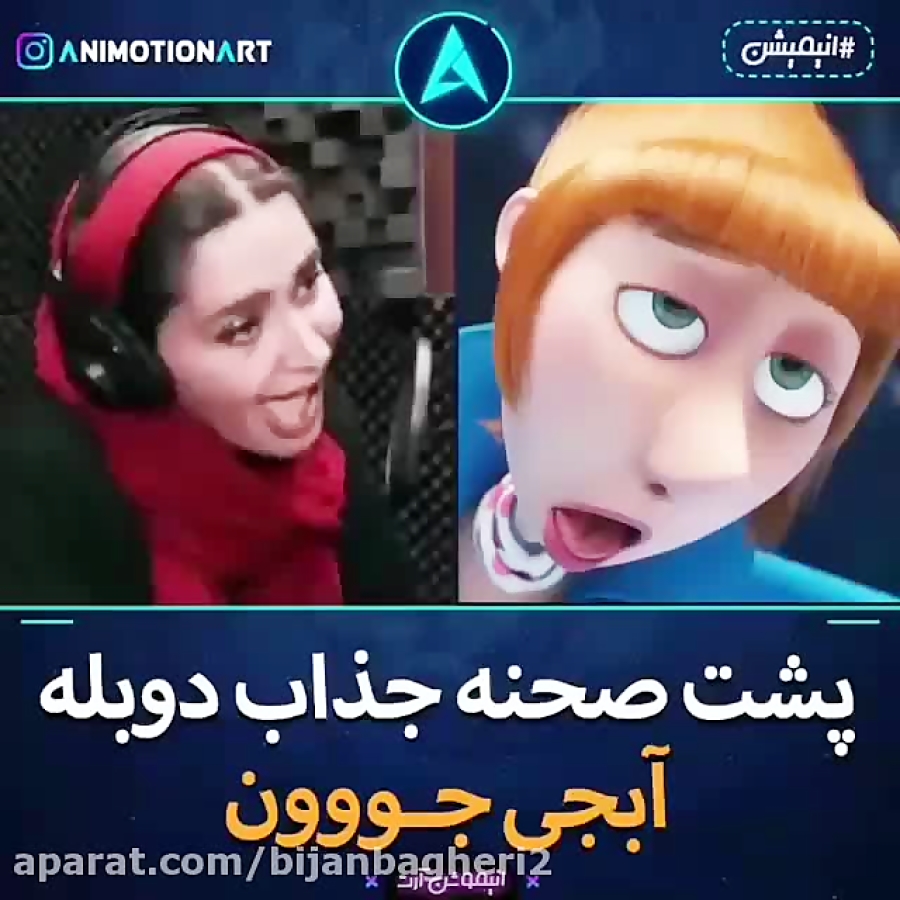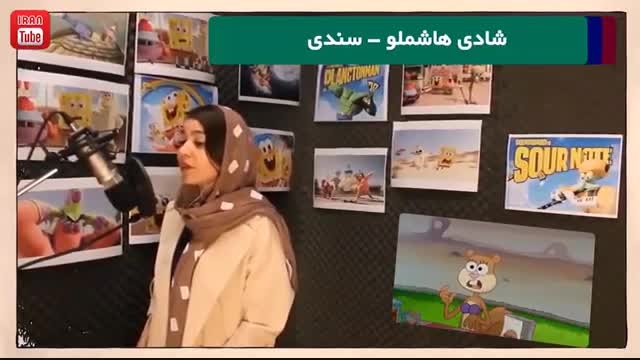Title :Ideology and Characterization in Dubbing Children’s Cartoons: A Comparative Study of Pooya and JEM Junior TV Channels
student : Zahra Vakilian
Supervisor : DR. K. AFZALI
Advisor: Dr. Rabiei, Ali
University : SHEIKHBAHAEE UNIVERSITY
Cross section: M.Sc
field : FOREIGN LANGUAGES
defense date : September 2015
Abstract:
Audiovisual translation (AVT) is a challenging type of translation mainly because of its multimodal nature; in other words, when translating an audiovisual (AV) product, in addition to linguistic content, visual aspects of an image need to be taken into consideration. This study suggests a new line of research in the analysis of AV materials focusing on characterization. The aims of the current study were twofold: 1) investigating the traces of ideology in localization and adaptation strategies used by dubbers in the translation of cartoons, and 2) examining any changes in characterization resulting from applying localization and adaptation strategies. To this end, first, a corpus of fourteen episodes of the SpongeBob SquarePants series and two of their translations, i.e. GEM Junior and Pooya TVs’ translations were selected. Then, first, the strategies used by dubbers in translating cartoons based on Bastin’s (2005) adaptation model were discerned; next, to specify the reasons for which the strategies were applied, Chaume’s (2004) model of signifying codes was used. After that, based on the adaptation and localization strategies used by dubbers, the ideologies of the two cartoon channels and the ideology of Iran’s society regarding the concept of childhood were identified. Finally, any shifts in characters were specified and discussed. The findings revealed that while Transcription was the most frequently-used strategy in GEM Junior TV, Situational/cultural adequacy was the most frequent strategy used in Pooya TV. The findings indicated that Pooya TV’s translation was target-oriented, translating in a way that is more familiar and acceptable in target culture. However, GEM Junior TV’s translation was source-oriented resulted in creating a street talk language in some parts. Also, the findings of the study showed that in Pooya TV’s dubbed version, some characters were delineated to be less impolite and violent.
Key words:
audiovisual translation- adaptation- localization- characterization-ideology





